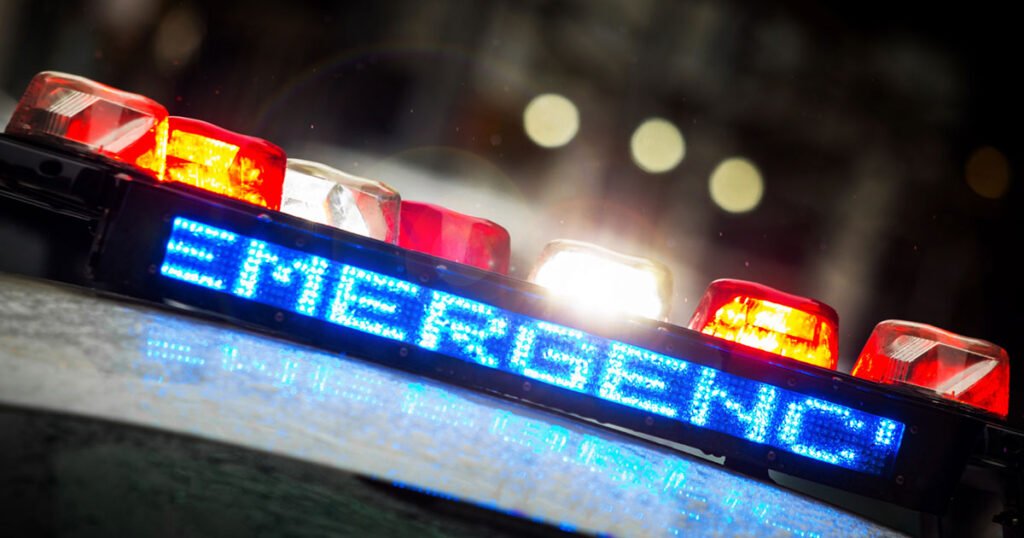If you live with or know a deaf person, you may have questions, but it’s not like you can ask them without coming across as intrusive or even a bit bold. For instance, maybe you’re wondering how deaf people call 911 but don’t know who to ask.
Well, when a deaf individual needs emergency help, they actually have several options. Most of these methods aren’t the conventional way of dialing 9-1-1, but that may not come as a shock to you. Here are some ways deaf people call 911.

Text 911
Did you know 911 has a text service? You, a deaf person, or anyone else you know has access to it.
Currently, the service isn’t available in all cities and states. The Federal Communications Commission (FCC)’s list is a good reference to use to check if it’s available in your or their area.
If the person should text and the service is unavailable, they’ll receive a response, known as a “bounce-back,” instructing them to use an alternative option.
In an area where it’s available, once a deaf individual sends information about their emergency and location, the operator will respond and may ask for additional information.
Sometimes, the operator may urge the texter to call so 911 can ping their location since it’s easier to do this through a call rather than a text.
Use a TTY
A TTY is a nifty device for deaf people that’s been around since 1964. The person may type what they want to say to the recipient. The other party can then type a message back.
Only some businesses and organizations have TTY lines. However, every 911 dispatching center must have TTY capabilities.
For this option, the individual has a device with a keyboard that they connect to their cell or landline. They can then type in the message they want to send. For an emergency, they’d dial 9-1-1 and request help. As an example, they may state their house is on fire and input their address.
The operator, who will have already connected to a TTY device at the start of the call, will respond, possibly requesting further information.
Video Relay Service
A video relay service (VRS) is a video chat service for the hard-of-hearing, deaf, and speech impaired, which they can use to call 911. It’s easy to get this service since the person just has to download an app to their phone, desktop with a webcam, laptop with a camera, or tablet.
The person then calls 911 from the app and is broadcasted to a video interpreter. Although the 911 operator can view the person and location if something is visibly wrong, the main benefit of this option is to be able to communicate in American Sign Language.
Captioned Telephone Service for Hard of Hearing
As we discuss how deaf people call 911, it’s important to note the option of a captioned telephone service for individuals who have some residual hearing. The hard-of-hearing person may go through a government program to receive this service at a discounted rate or even free, but depending on their area, the program may only allow so many new users to join the service each month. The person can also go through a private retailer to obtain one.
No matter how they get it, they’ll receive a special phone that can transcribe what the person on the other end is saying. While the person on the other end talks, their conversation will be displayed on the deaf individual’s phone screen.
In an emergency, the hearing-impaired person would call 911 from the phone, and it would connect directly to the emergency call center. Everything the operator says will appear.
Call 911
Though this isn’t the most ideal method because the deaf individual can’t directly communicate with the operator, they could use it in an emergency where they need assistance quickly and/or don’t have access to the other methods mentioned.
With this option, the deaf person merely dials 9-1-1 and doesn’t speak. They leave the phone connected to the call if they’re in a safe situation, which allows the operator to trace the call and dispatch help.
Other Emergency Service Options
Share one of these numbers with someone you know who is deaf and struggling with an urgent or non-urgent mental health concern.
For example, you could mention the Crisis Text Hotline, which is available 24/7 by typing HOME to 741741.
The deaf person could also use the Substance Abuse and Mental Health Services Administration (SAMHSA’s) National Helpline. They have a 24/7 TTY line, accessible by dialing 1-800-487-4889.
You could also suggest The National Deaf Domestic Violence Hotline (1-855-812-1001) — a video phone line. Someone can also email them at nationaldeafhotline@adwas.org.
Final Thought
Now that you know the different options available for deaf and hard-of-hearing people to reach out to when they need help, consider sharing this post with anyone who you think will benefit from it. We can make a big dfference by helping deaf people be prepared in can of an emergency.
Share this post with your friends using these one-click sharing options:
👉 Click here to share on Facebook.
👉 Click here to share on X.
👉 Click here to share on LinkedIn.

Get the latest interviews, tips and guides in your inbox.